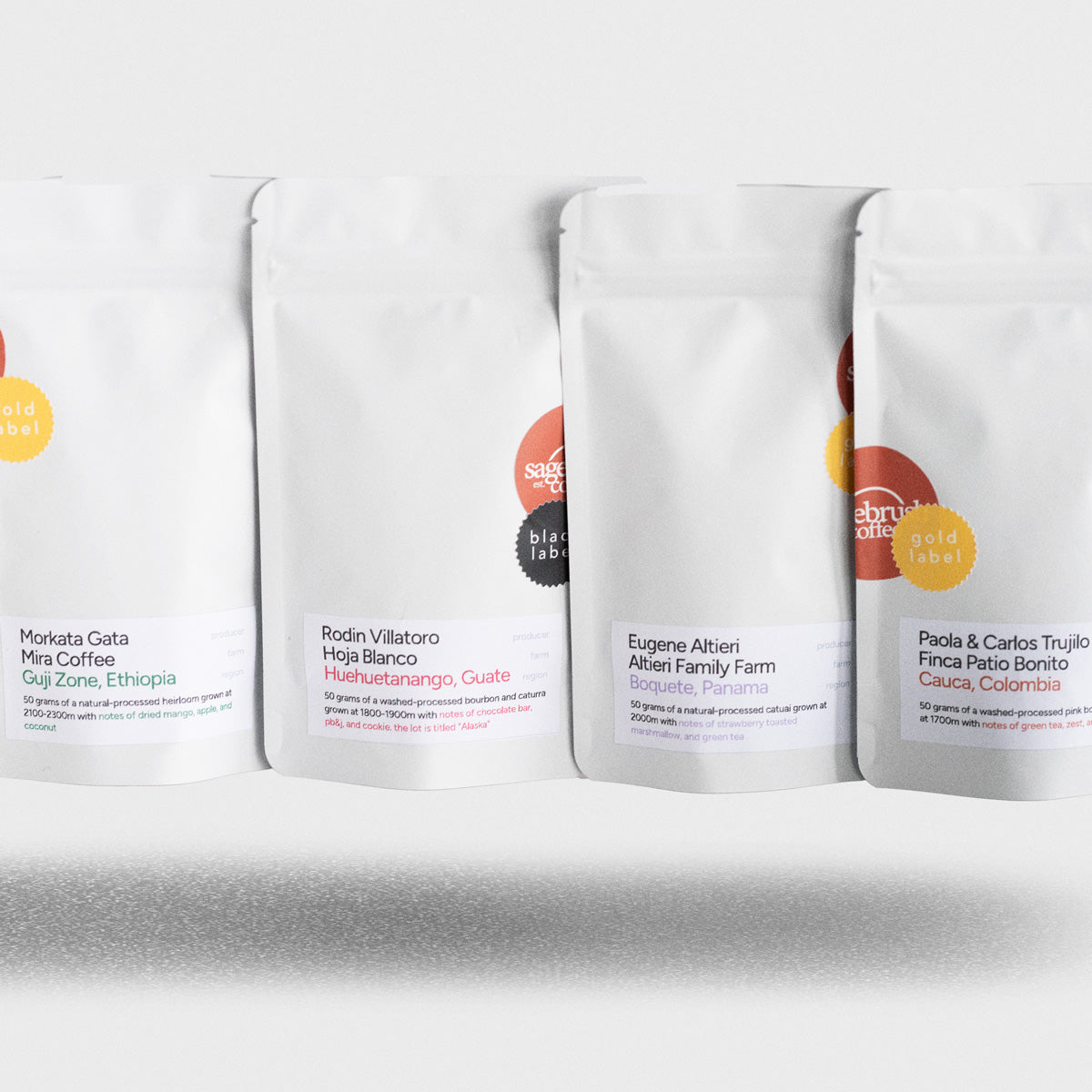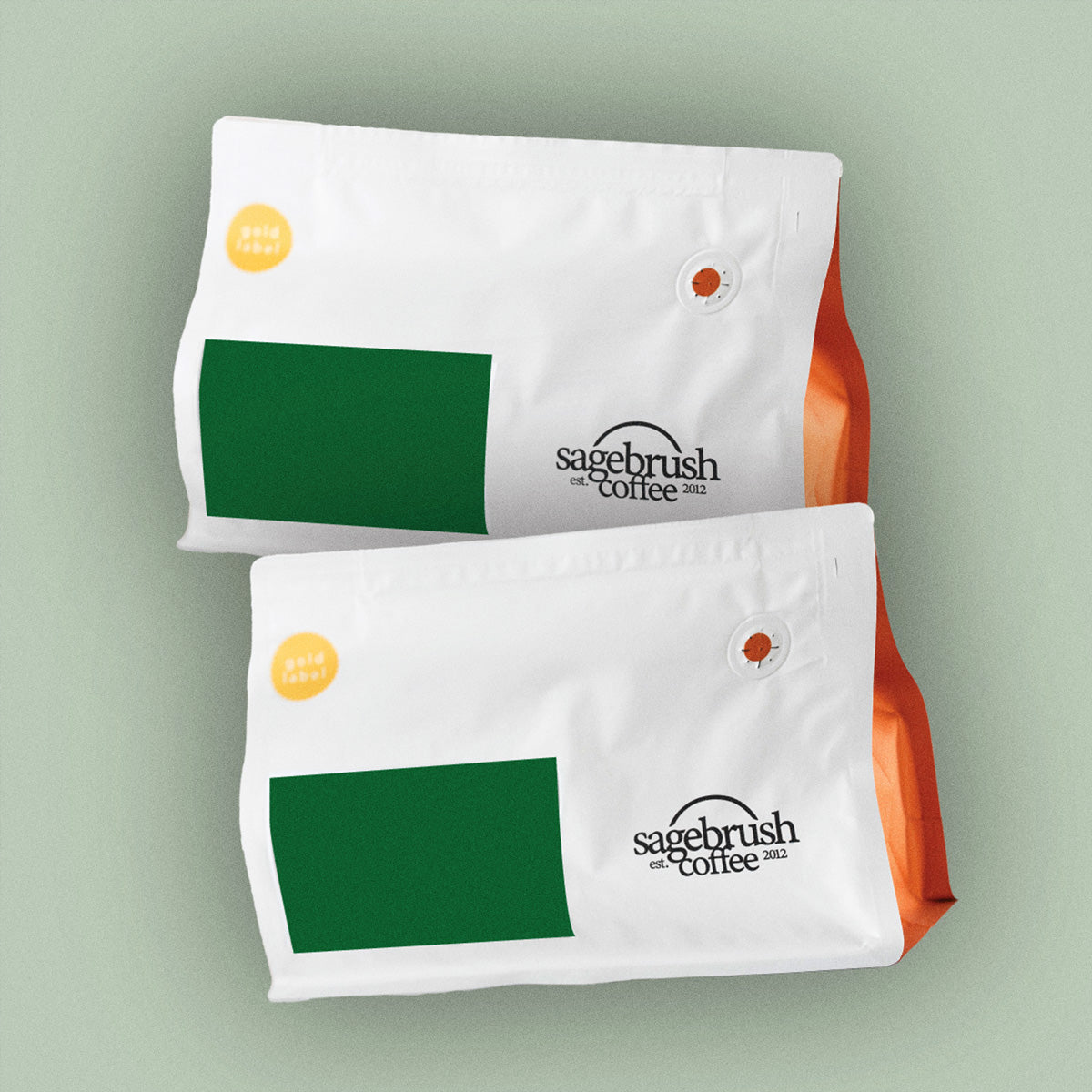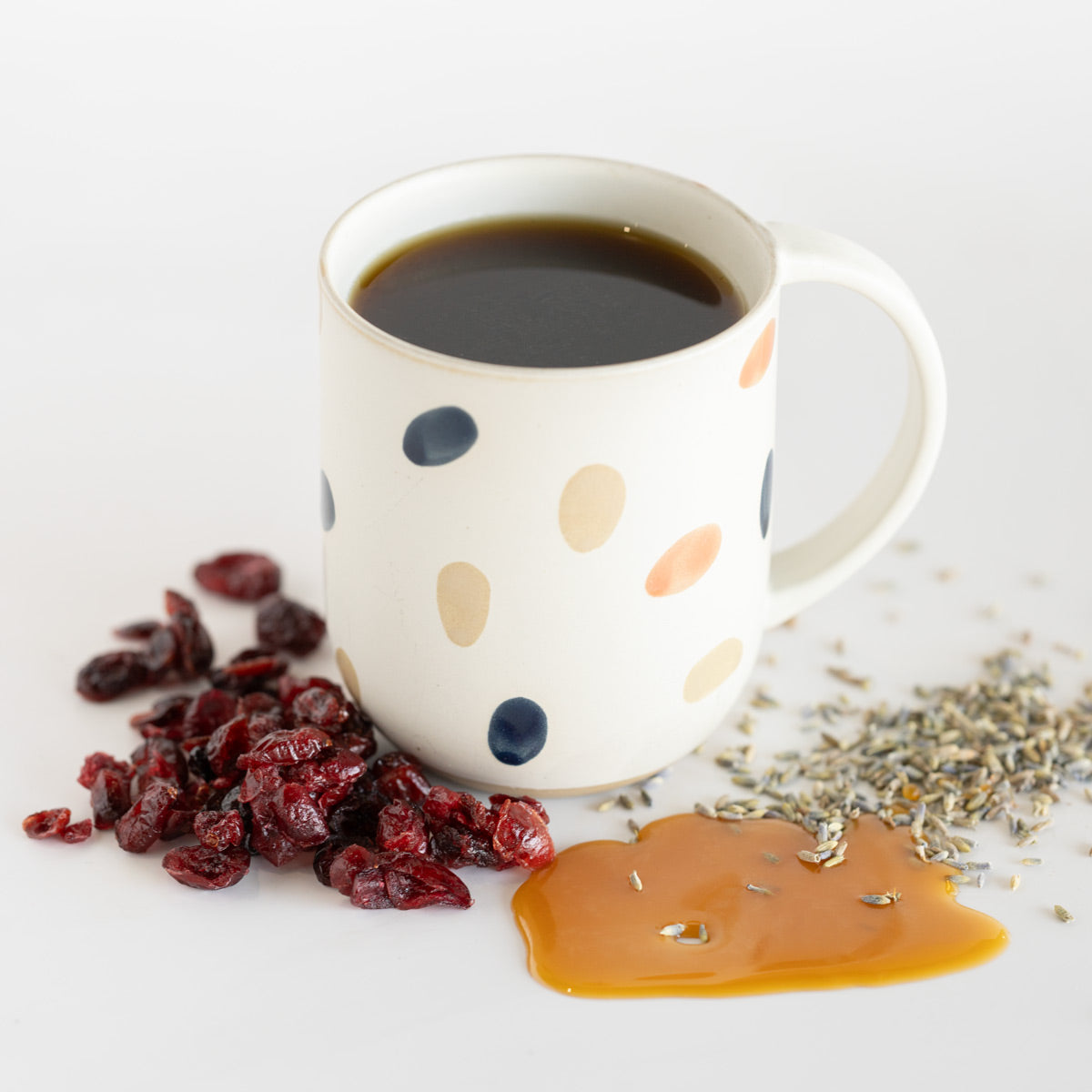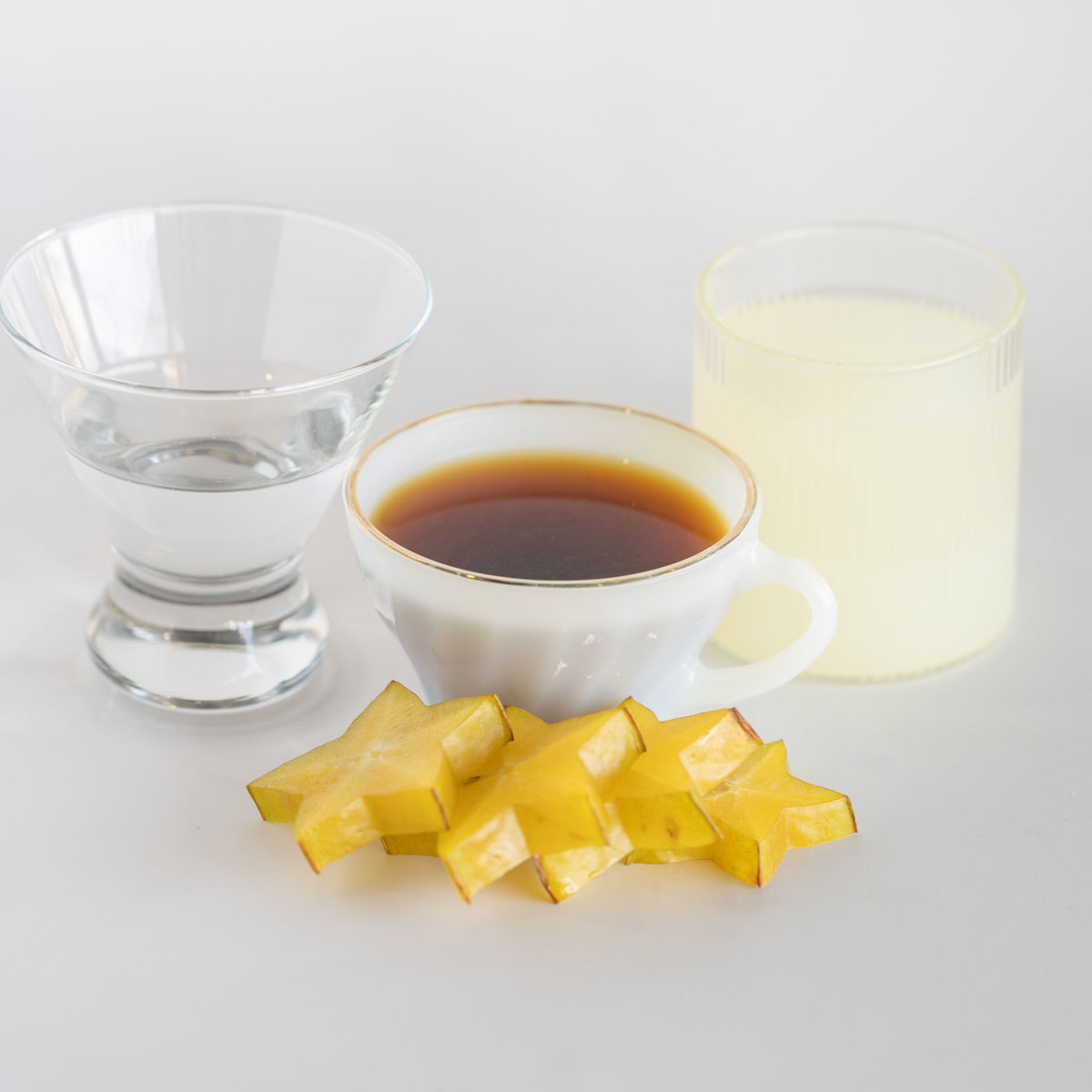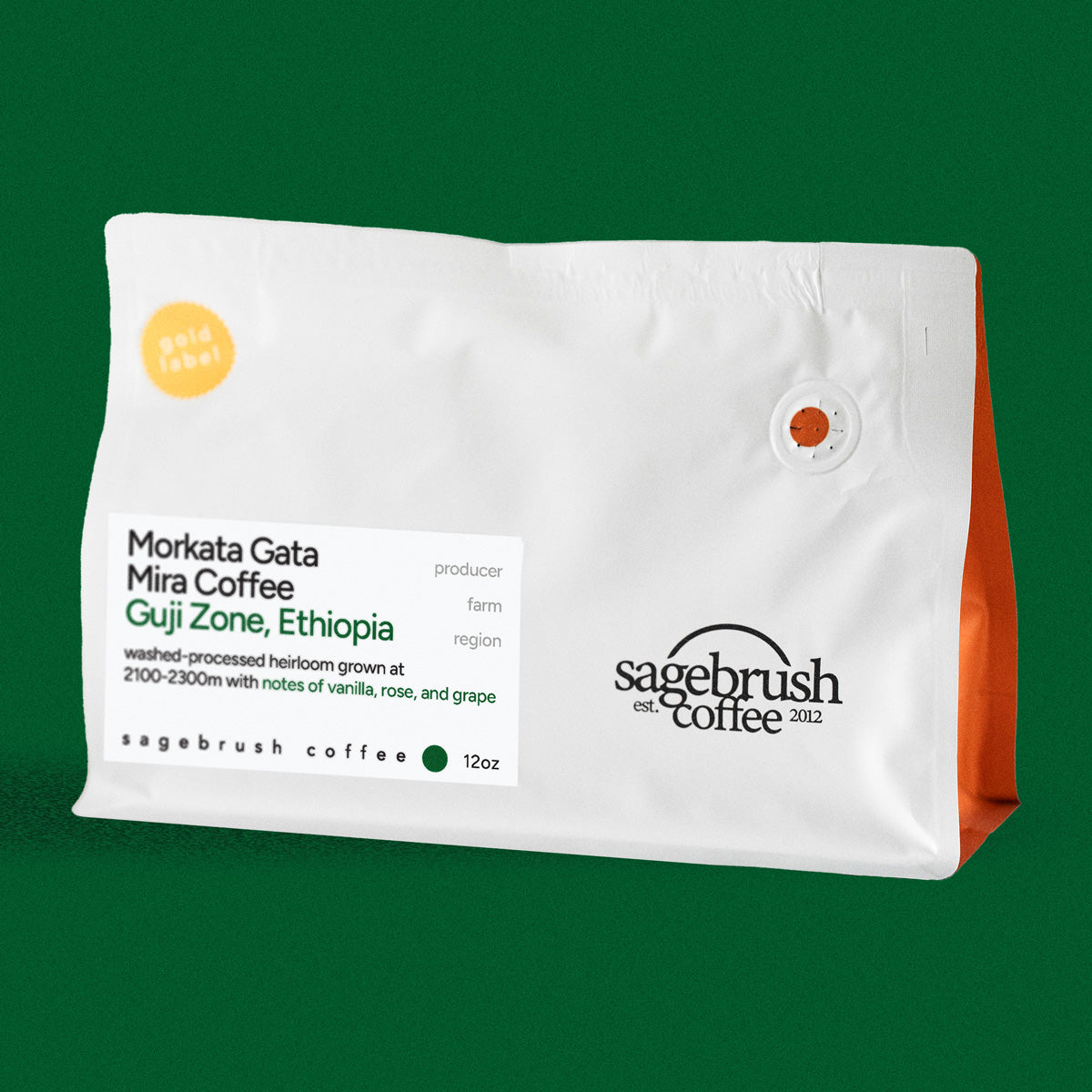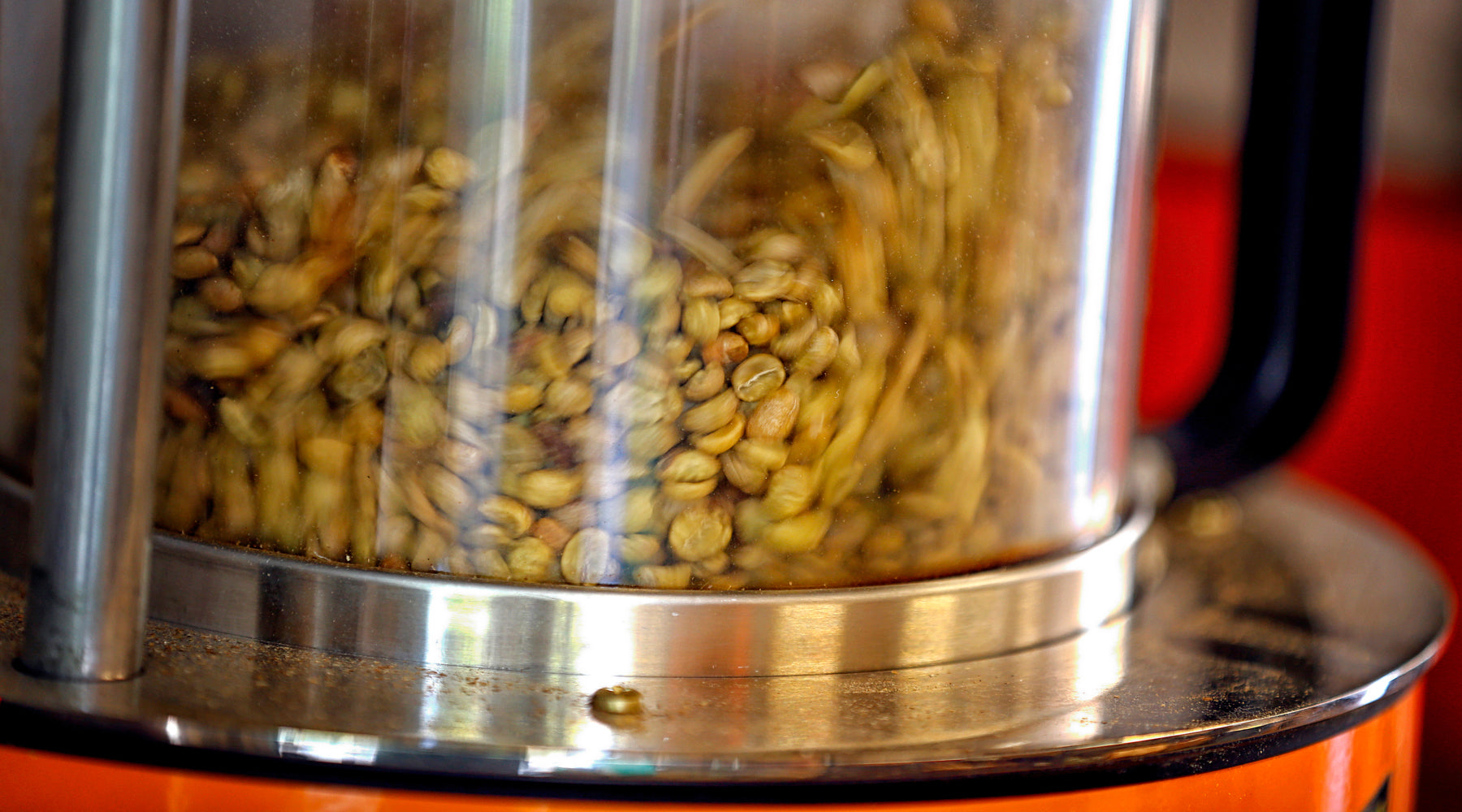Coffee Roasting Overview •
Read our coffee roasting articleCoffee Roasting Guide: How to Getting Started as a Home Coffee Roaster
How I got into roasting
Imagine the sound of coffee beans crackling in a pan, a sweet, nutty aroma filling your kitchen, and the satisfaction of sipping a delicious cup you roasted yourself.
That’s how my roasting journey began.
As the owner of Sagebrush, you may know a little bit about how I got into roasting.
I always liked coffee, but as my personal preference for good coffee grew, coffee became its own line item in our budget–and it was not a small one. My friends who roasted their own coffee encouraged me to do the same, but it always seemed more trouble than it was worth. Until the day I watched a friend roast and realized just how easy it was. I bought myself a Whirley Pop and gave it a try. Pretty quickly, a hobby turned into a passion that is now a career.
This guide is designed to get you over that hump and show you that you can absolutely roast your own coffee at home. But fair warning: once you do, you’ll never go back.
Why You Should Consider Roasting Your Own Coffee
My wife Jenna always uses the greatest analogy for coffee roasting.
She says buying pre-roasted coffee from the grocery store is like eating Chips Ahoy cookies. They're edible, they're consistent, they won't poison you, but they’re not very good.
Going to a specialty roaster is like buying pastries from that fancy French bakery–worth every penny, but too expensive to buy every day.
Roasting your own coffee, that's like baking cookies at home. No, you're not going to out-bake the French pastry chef, but your homemade chocolate chip cookies are going to destroy those Chips Ahoy every single time–and at a significant discount from the pastry chef. Because you don’t have to pay for the labor and overhead of that bakery…just the coffee beans.
Plus, the aroma of fresh roasted coffee in your home is a talking point every time you have company over, the same way pulling cookies out of the oven is as pleasant as eating them–almost.
But be advised: if you’re thinking about getting into home roasting it will ruin you for anything else.
Most coffees are at their peak freshness roughly 3-15 days off roast. Becoming a home roaster allows you to schedule your timing and inventory so you can always drink coffee in that sweet spot of peak freshness.
Do you like brown butter cookies, chocolate chunks, peanut butter chocolate chip, or something super unique?
Translate that to coffee.
Like your coffee bright and acidic? You can do that. Prefer it sweet and balanced? Go for it. As a home roaster, you become the master of your own coffee destiny.
What You Need to Get Started (Spoiler Alert: Not Much)
Like every hobby, the costs can get out of control.
I started on a Whirley Pop, moved to an $800 roaster, and now we have a $60k roaster in the shop. So I wouldn’t recommend that trajectory.
However, you can actually start for about $50-$75 and get all of the benefits I described so far.
The most simple setup is how I started. This is the same shopping list I’ve given to my friends over the years:
- Whirley Pop popcorn popper (the aluminum one works fine, but read reviews on the gear mechanism)
- A plastic colander or two for cooling & shaking out the chaff
- Green coffee beans from Sagebrush (start with 4-6 pounds of something forgiving & cheap from Central America while you learn to roast)
- A candy thermometer drilled into the top of your Whirly Pop.
- Good ventilation or an outdoor burner.
This kind of set-up isn't fancy. It’s a starting point–likely not where you’ll end up as a home roaster. But it teaches you the fundamentals better than any automatic roaster and lets you dip your toe in the water to see if home roasting is a hobby you can hold onto. Since you are the one controlling the heat with your stove burner, as well as the agitation and the timing, you’ll inevitably learn a lot.
At its simplest form, all you need to know to roast beans at home is:
- Heat the Whirley Pop on medium heat (around 6-7 on most stoves).
- Add roughly 8 ounces of green coffee (fills it about ⅓ way).
- Start cranking steadily–not fast, just consistent, like you're stirring a pot of soup.
- Listen for the cracks and pops that signal the different roast stages (something I talk more about in this article)
- When you hit your target roast level, run outside and dump the beans into the colander and shake to cool.
I’ll tell you at the outset: your first few batches will not be very good.
That's fine. Green coffee is cheap, and you're learning. By batch five or six, you'll be making coffee better than anything at the grocery store. By batch twenty, you'll start tasting specialty roasters differently and will be able to learn from their expertise.
So grab a Whirley Pop and some green beans. Your first step on the path of being a home roaster is just one crank away.
Shop Our Coffees
Taste of Ethiopia • Combo 2 Pack
Eugene Altieri • Washed-Processed Gesha
Morkata Gata • Washed-Processed Guji Heirloom


